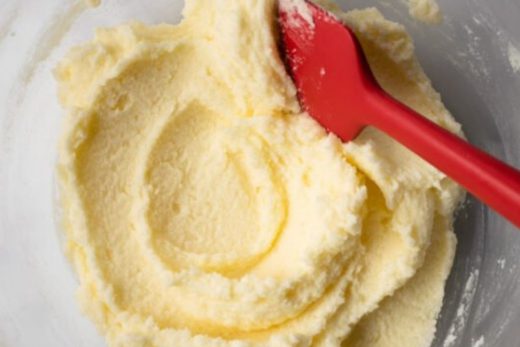An emulsion always involves two incompatible liquids that are brought together by dispersing one into tiny droplets suspended throughout the other. This can be done with vigorous shaking and agitation—as when you’re whisking oil into a vinaigrette—but without an emulsifier, the coupling is only temporary. Emulsifiers and stabilizers help these droplets stay dispersed by coating each one and reducing the surface tension, preventing them from coalescing.
Mayo is such a stable emulsion because the lecithin and proteins in an egg are some of the most powerful emulsifiers around. One egg is capable of emulsifying one gallon of oil, resulting in a stiff and spreadable sauce. A properly made toum will be just as thick and densely packed with billions of oil droplets, but it’s all held together with the far less stable proteins and pulverized plant tissues of garlic. This makes bringing toum together a more delicate process than making mayo, but with some patience, you can easily avoid pitfalls.
How to Make Toum
This first step is to make a smooth and fluffy garlic paste. Start with the freshest garlic for the most flavorful toum: Pre-peeled cloves sold in bulk lose much of their pungency, while old, sprouting heads of garlic can be bitter and harsh. Look for firm, tight heads with no signs of bruising or sprouting.





